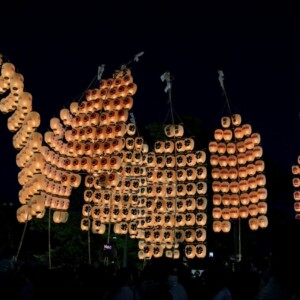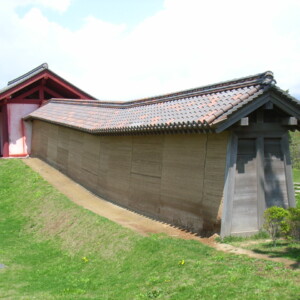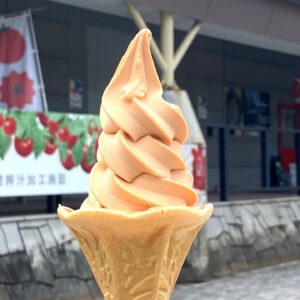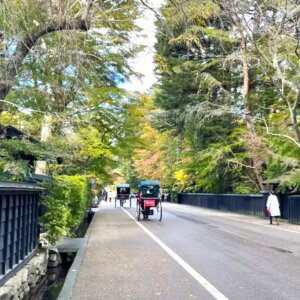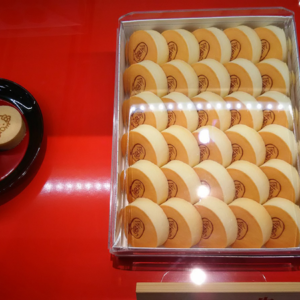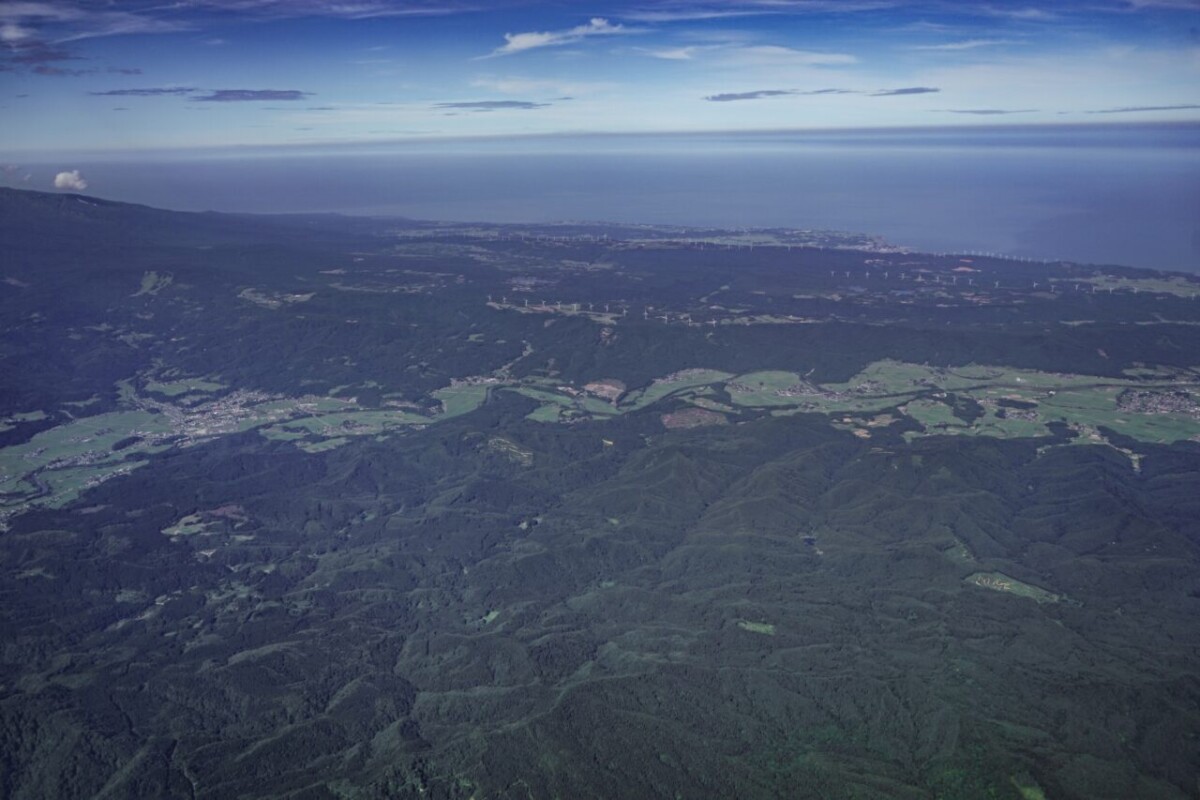
[Akita Prefecture] What is the Great Akita? A detailed explanation of the masterpiece that is still loved 50 years after its premiere
table of contents
On November 25, 2018, the "Great Akita Tokyo Performance 2018" was held at the Bunkyo Civic Hall main hall of Hibiki no Mori Public Hall
This year marks the 50th anniversary of the premiere, but what kind of piece is "Great Akita" that has inspired such passion to perform it that people have even resorted to crowdfunding on FAAVO?
In this article, we will explain in detail the origins and charms of the great city of Akita
Reference: FAAVO "Let's all make it together! Let's make the great Akita Tokyo Performance 2018 a success!"
Reference: Great Akita Tokyo Performance Office Website
the Great Akita ?
The official title of "Great Akita" is "Great Akita: A Piece for Chorus and Brass," and it was composed by composer Kan Ishii in 1968 at the request of Akita Prefecture as part of the Meiji Centennial Commemoration Project
The piece was originally intended to be performed by an orchestra and mixed choir, but as wind orchestra activities were already thriving in Akita Prefecture at the time, it was changed to be performed by a wind orchestra and mixed choir
Also, at the request of the then Governor of Akita Prefecture, Obata Yujiro, the "Akita Prefectural Song" composed by Narita Tamezo was inserted into the third movement
It was first performed at the Akita Prefectural Gymnasium on November 10, 1968, and is a majestic piece that has been beloved by the people of Akita Prefecture for a long time
Reference: Great Akita Tokyo Performance Office "Great Akita: A Piece for Chorus and Brass"
Lyrics and composition of Great Akita
What is the structure of the performance of Great Akita?
I have summarized it in a table.
|
|
lyrics |
Composition and Features |
|
First Movement "Dawn" |
My hometown, my beautiful homeland A hometown blessed with abundant harvests Unchanging forever, forever flourishing Ah, my nostalgic hometown My dear hometown, Akita
Ah, every day, without hesitation People from my hometown Great hometown, opening up hometown Now let us praise eternal glory Sing out loud to our Come on, sing a song of celebration |
The introduction begins quietly with woodwinds and muted brass instruments - The trumpet ensemble changes the melody ・When it gets quiet again, the first verse is performed by the female chorus, then the male chorus, then the whole chorus ・The second movement begins in a minor key, but changes to a major key after the first "Great Homeland" ・From the second rendition of "Great Homeland," the key is raised by one more note, and the tempo is increased to liven up the whole song - The chord before the last one uses dissonance, giving the impression of a solid ending |
|
Second Movement "Recollection" |
Sleeping cat rolling sleeping cat rolling My menkonaba is nothing
Arare and Knock Knock, Mame Knock Knock If you catch a sardine, bring me a basket Arare and Knock Knock, Mame Knock Knock If you catch a flap, bring a barrel |
・The lyrics are in the Akita dialect ・The first oboe melody is impressive - The top note of the chorus for both men and women is F, which requires a lot of practice ・The tempo increase from "Arare ya kon kon" involves a series of 16th notes, which requires a lot of practice for the brass band ・The female and male voices singing in roundabout in the "Arare ya kon kon" part is beautiful |
|
Third Movement "Leap Forward" |
The unparalleled beauty of Mount Chokai Roaring wildly across the Oga Peninsula Mysterious Towada along with Tazawa A world-famous and proud lake Akita, the land of poetry, with its beautiful landscapes
Surrounding mountains filled with spiritual energy The sound of an axe echoes through this beautiful forest of timeless beauty Underground veins, infinite treasure troves The vast wilderness is shrouded in mist Akita is rich and ripe with gold |
・Starts with a bright and lively melody in a major key ・The Akita Prefectural Song begins with a euphonium introduction and is then performed once by the brass band alone ・The Akita Prefectural Song will be performed in the following order: first verse by male chorus → whole chorus, second verse by female chorus → whole chorus |
|
Fourth Movement "Great Akita" |
As the morning dawns, the clouds begin to change color Look up at the distant mountains The towns and green villages Filled with the light of peace Ah, my beloved Akita Let's all sing together
Deep lake, open sea Stay healthy and trained in the snow Working days and relaxing nights Discussing the blessings of culture Ah, my happy Akita Let's all move forward together |
・The introduction is the same as the first movement - There is a tempo change to 6/8 time ・The tempo is increased as the first and third verses of "Kenmin no Uta" are sung, creating a light and lively impression ・The chorus ends on a B♭ note, but it's a very high note, so practice is required |
Each movement has a clear beginning, development, twist, and conclusion, and it is characteristic of the piece that it ends with a sense of satisfaction for both the performers and the audience
About the Great Akita score
"Great Akita" requires a lot of practice to perform, whether in a brass band or a choir, but Akita Prefecture lends out the full score and sheet music for each part free of charge
If you would like to try your hand at performing such a magnificent piece of music, please contact the Coordination and Cultural Promotion Team of the Tourism, Culture, Sports and Cultural Promotion Division of Akita Prefecture via the phone or email listed on their website
Reference: About the lending of sheet music for "Great Akita" from Akita Net, the Land of Beauty
My thoughts on Great Akita after playing it
I graduated from Daisen City Omagari Junior High School and was a member of the brass band club until the middle of my second year, playing the oboe, so by chance I had experience both performing in the brass band and singing in a choir
When I was participating in the Great Akita rehearsals as an oboist, I remember being fascinated by the impressive melody in the second movement, "Remembrance," which only one person in the part could play, and practicing it desperately over and over again
For me, playing the melody of "Remembrance" was as valuable an experience as playing the oboe solo in "Swan Lake."
Just before I quit the brass band in the middle of my second year, I happened to find that there were no seniors or classmates in my section at practice, so I was able to play the oboe I had fond memories of just once, and I felt like I had nothing left to do in the brass band
Due to my busy schedule with the Science Club, which I had transferred to, I was often unable to participate in the Great Akita choir practice in my third year, but I was still very moved when they performed at the Song Festival
Therefore, I can really sympathize with their passion to perform a great Akita performance, even if it means using crowdfunding
This is a song that anyone who has had experience in a brass band or choir should definitely try
summary
The official name of "Great Akita" is "Great Akita: A Piece for Choir and Brass," and since it is composed of a choir and brass band, it is a difficult piece, but I learned that it is a piece that has long been loved by the people of Akita Prefecture
If you love Akita, you'll be very moved by this song, so be sure to give it a listen


![Hot springs gush out in a place where there are no volcanoes! "Yuzawa Geopark" where you can see the mystery of the earth up close [Akita Prefecture] 4550228_m](https://jp.neft.asia/wp-content/uploads/2023/02/4550228_m-150x150.jpg)
![The popular game "Matagi" started in Kitaakita City! [Akita Prefecture] matagi](https://jp.neft.asia/wp-content/uploads/2024/04/matagi-150x150.jpg)
![Yurihonjo City, where Honjo, Kameda and Yajima domains were intersected between the Kubota and Shonai domains [Akita Prefecture] FF2C8AAA4350E7E179F97F97B38B3A2302F-1](https://jp.neft.asia/wp-content/uploads/2024/04/ff2c8aaa4350e7e179f97f38b3a2302f-1-150x150.jpg)
![Why do Nama balds take knives to tempt people - Oga Peninsula and the Legend of the Demon (1) [Akita Prefecture] New Year's Eve Event 001 @OGA City](https://jp.neft.asia/wp-content/uploads/2024/10/00bf8a32651033edd1191ba2d04c6f61-150x150.jpg)
![Akita Cedar, which has been close to people's lives since ancient times, is a close look at the reasons and secrets [Akita Prefecture] Ninfu Mizusawa Cedar Rare Population Protection Forest (Noshiro City, Akita Prefecture)_Travel Tohoku](https://jp.neft.asia/wp-content/uploads/2025/05/792bcbe7d9fd514753f4deeaca3de33f-150x150.jpg)
![The submerged forests of Lake Akiogi can only be seen from May to June! A mysterious sight with trees floating in the lake [Akita Prefecture] Submerged forest of Lake Akifan](https://jp.neft.asia/wp-content/uploads/2023/07/IMG_5033-150x150.jpg)
![[Chokaisan and Tobishima Geopark: Yurihonjo Edition] A strata from when Japan was the Eurasian continent can be seen B5C46A18BC0CC0CC0E9AD08084EAA5B](https://jp.neft.asia/wp-content/uploads/2024/04/b5c46a18bc0cc79de0e9ad08084eaa5b-150x150.jpg)
![Is Nama bald real? Traces of demons remaining throughout the Oga Peninsula - Oga Peninsula and the Legend of Demons (2) [Akita Prefecture] 1. Namahage Shiba Lighting Festival](https://jp.neft.asia/wp-content/uploads/2024/09/1076350e647a6476081bad8cd4fd6159-150x150.jpg)
